Forestry
Forest Restoration
From Big Ideas to Big Projects:
JCD helps landowners plan and manage forestry projects on their land to reduce wildfire hazard and restore ecological integrity.
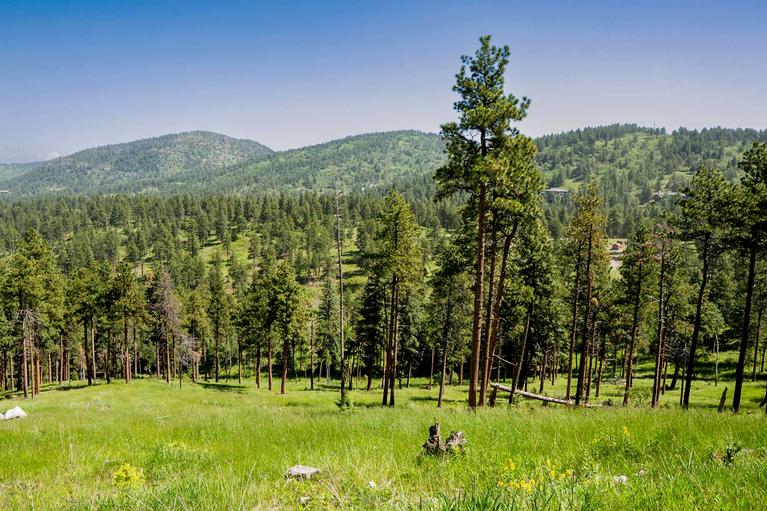
Why Forest Restoration?
Why are our wildfires now so big and so bad?
We want a lot from our forests—clean air, clean water, wildlife habitat, recreation opportunities, and a safe place to live. There are also things we don't like about the forest, such as insects and disease, wildfire, and floods. However, those things we don’t like have always been an integral part of the functioning forest ecosystem; without them, we can’t get the things we want from the forest.
Prior to the last 100 years of fire suppression, natural wildfire in low-elevation forests used to be frequent and less intense; those fires cycled nutrients into the soil, created diverse wildlife habitat, maintained ponderosa pine and aspen forest types, and prevented wildfire fuel from building up too much. In the absence of natural wildfire, forests have become very dense and lost their diversity, and fires today are so intense and large that they endanger communities and ecosystems.
What can we do about this problem? That’s where forest restoration comes in. Supported by an abundance of forest and fire science we link to here, we can use forest management techniques to recreate a more diverse and open forest that can thrive with wildfire like it once did. Watch the below video to learn more.
Geer Canyon, Colorado, approximately 100 years without fire
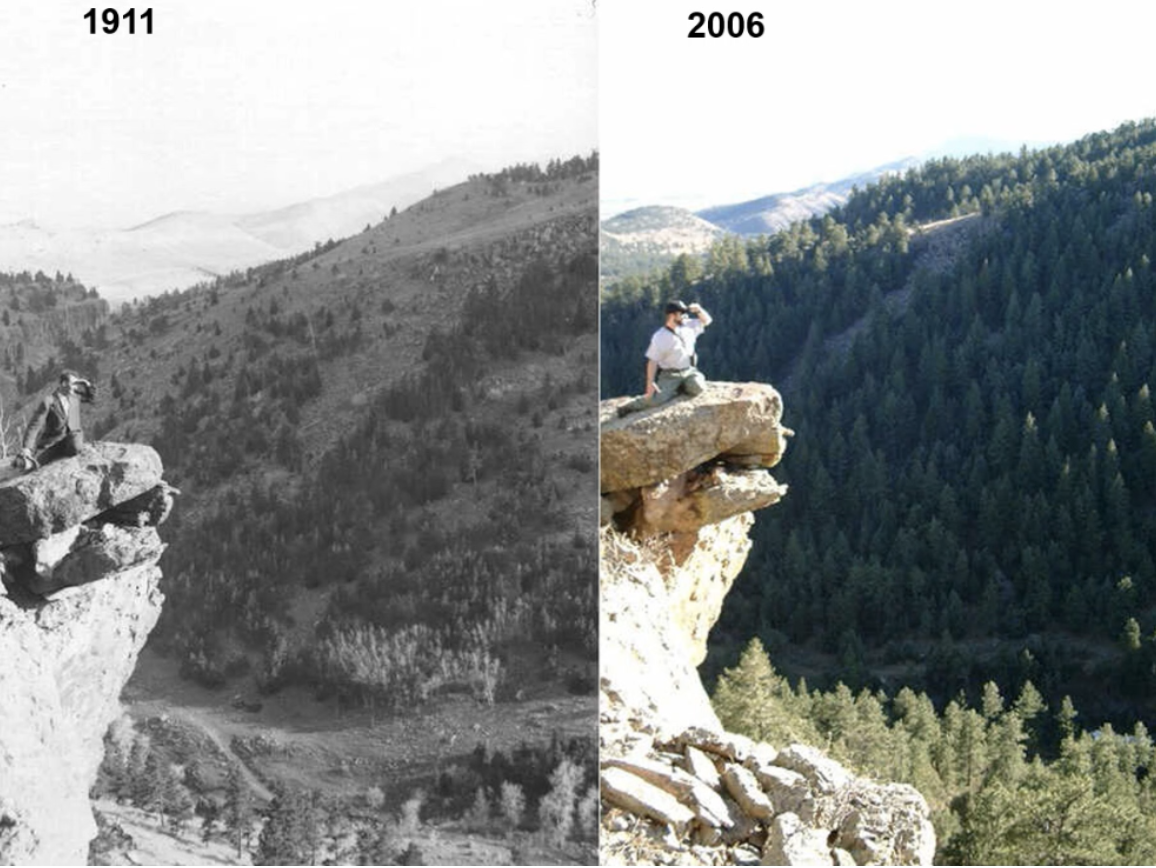
Left: Museum of Boulder, Right: Boulder County Parks & Open Space
Discourse surrounding the restoration and adaptation of fire-prone forest landscapes, crucial for safeguarding ecological, cultural, and social well-being can be confusing. This link to a 2-page wildfire myth de-bunking article, from the Northern Arizona University Ecological Restoration Institute, drawing from recent scientific syntheses, debunks prevalent myths hindering proactive management efforts, emphasizing the importance of recognizing logical fallacies and advocating for comprehensive forest management strategies.
Your Forestry Project with JCD
Your Forestry Project with JCD is truly a partnership between you, JCD, and generous support from various funding sources. Planning a forestry project generally takes 1-2 years. After planning is complete and the restoration begins, expect operations of your forest management project to span another 6-12 months. Your conservation foresters at JCD will be with you every step of the way, from the first phone call to the last piece of equipment driving away from your property, so you will always know at which point you are in the forest restoration process.
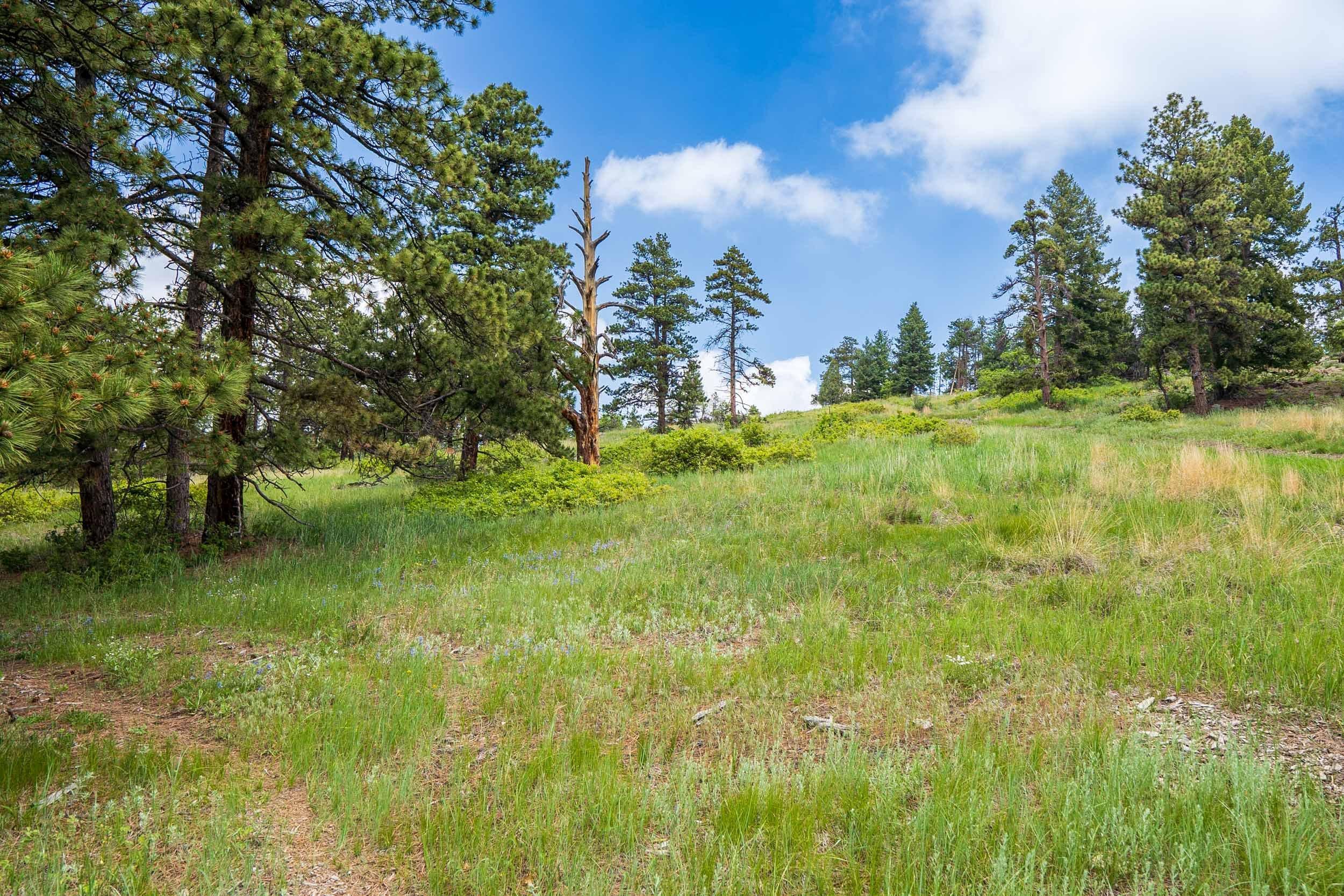
The Steps to Every Forestry Project
- Outreach and Education: Knowledge is power! In addition to information you will receive to review on your own, the conservation foresters at JCD will lead you on a series of calls, virtual meetings, in-person meetings, and (fun) field tours, so you will be ready with the understanding of forest ecology, science, and how it affects your property. With this knowledge, you will be able to work with JCD foresters to plan your forest management project.
- Property Visit: JCD conservation foresters will visit your property to make sure that the forestry equipment available and your property’s terrain will be a good match.
- Funding Acquisition: Jefferson Conservation District staff will do everything they can to search for public and private grants that may be available to assist you in paying for your project. Funding can take 1-2 years or more to secure.
- Forest Management Plan Creation: Conservation foresters will create a forest management plan for you. This plan documents the current condition and desired future condition of the forest needed to reach your goals.
- Hiring Contractors: On your behalf, Jefferson Conservation District will hire and manage the qualified contractors needed for your project.
- Forestry Restoration Begins: Your project is live! Contractors are actively cutting, processing, and removing trees.
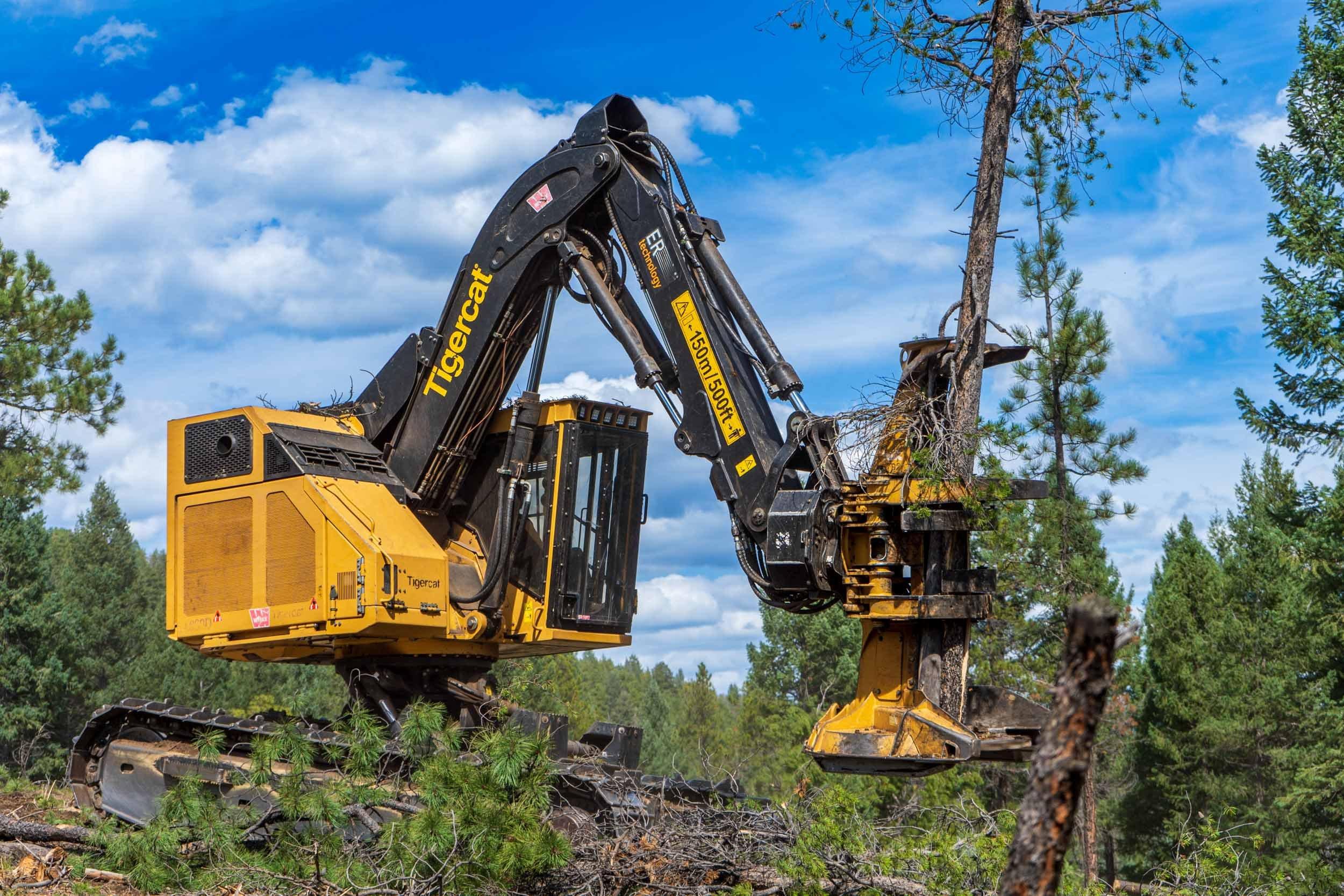
Are you a landowner interested in working with Jefferson Conservation District? Fill out our Landowner Contact Survey to see if your land is a good fit for a project with JCD.
Project Before & After Photos
Geneva Glen 1
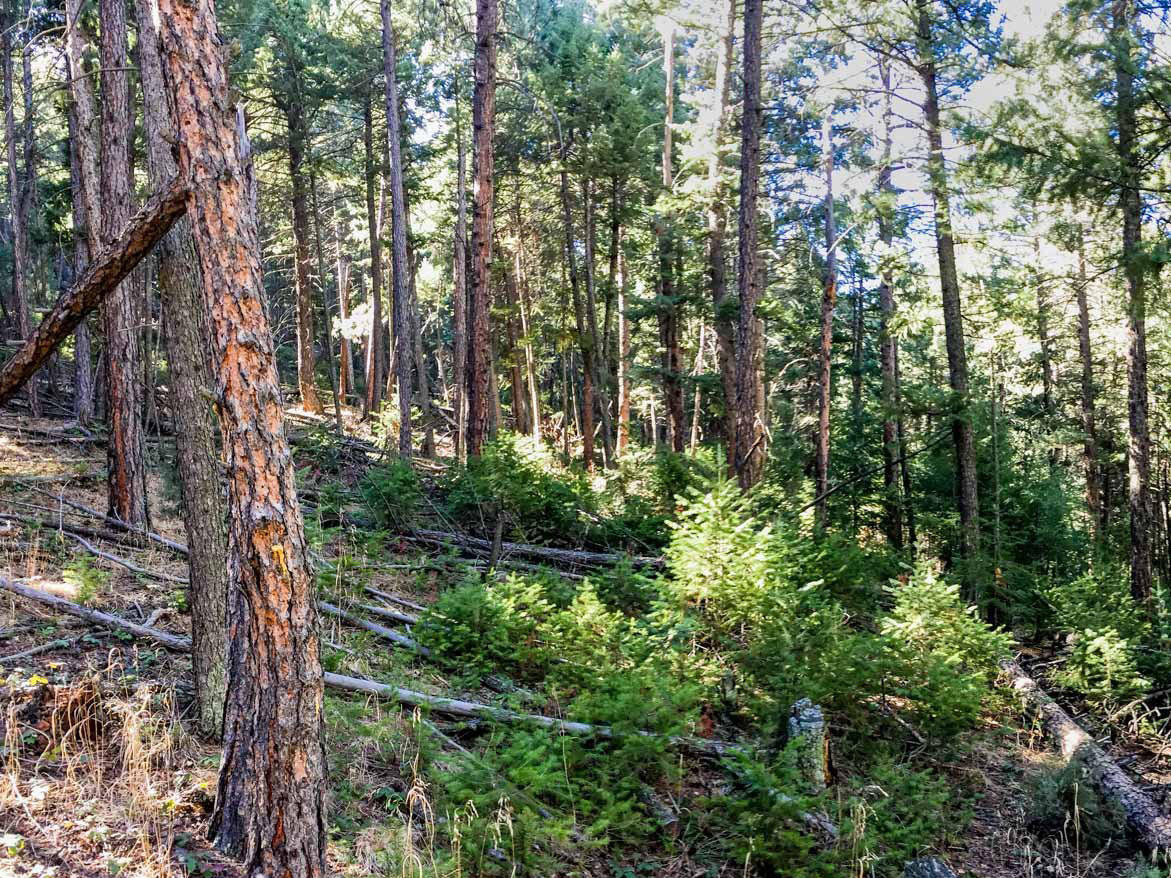
Before Treatment
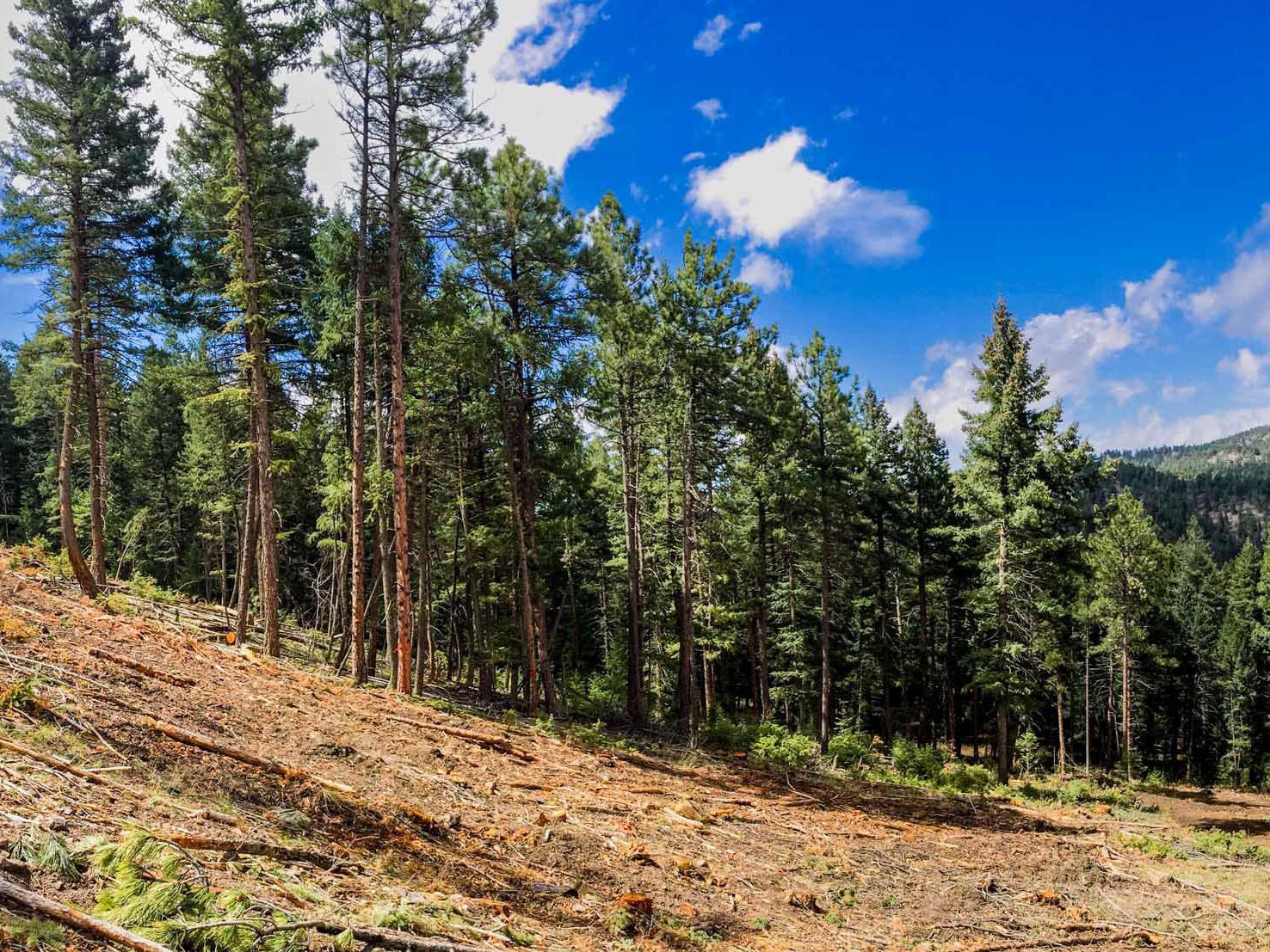
Immediately After Treatment
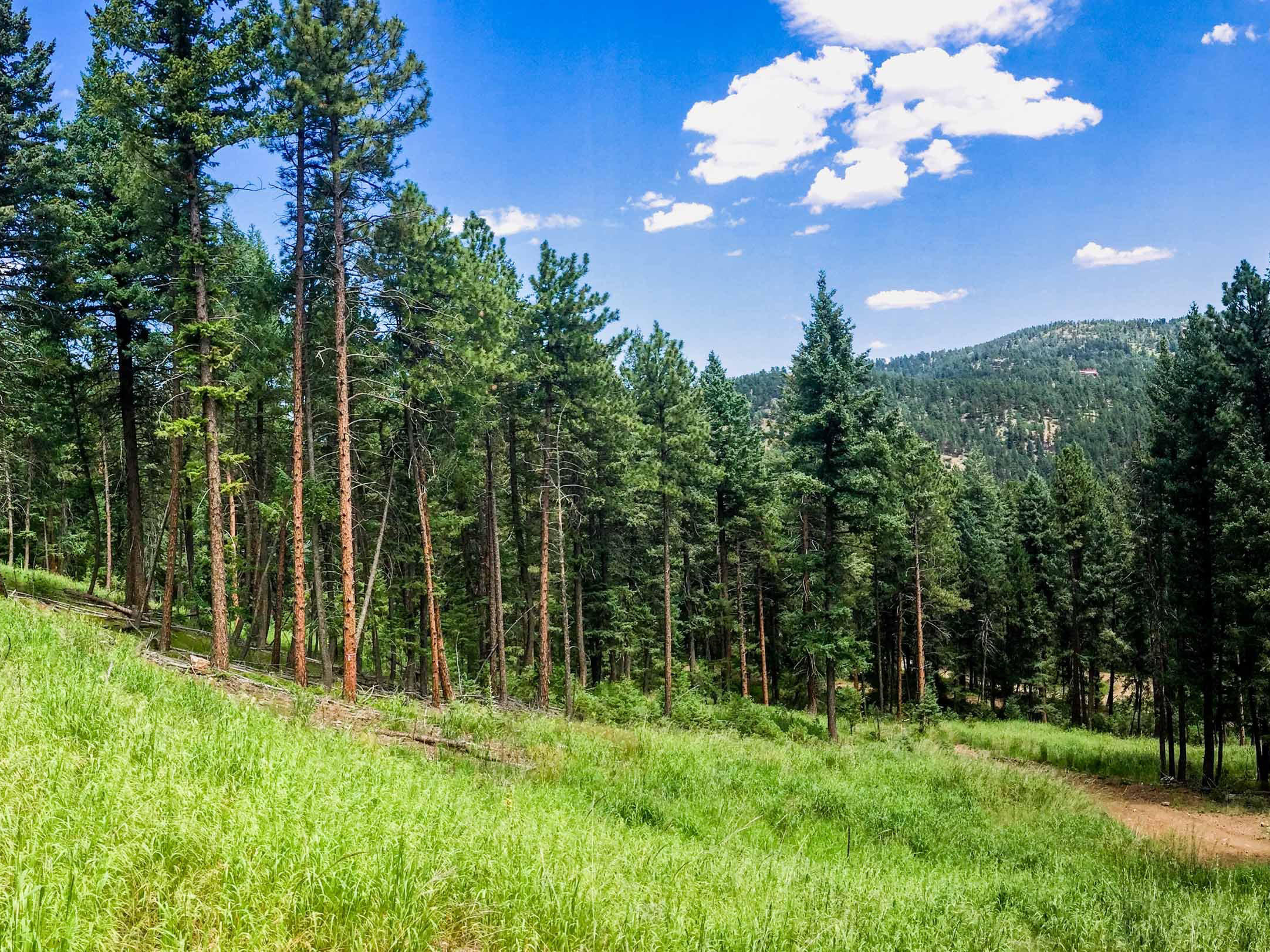
2 Years After Treatment
Geneva Glen 2
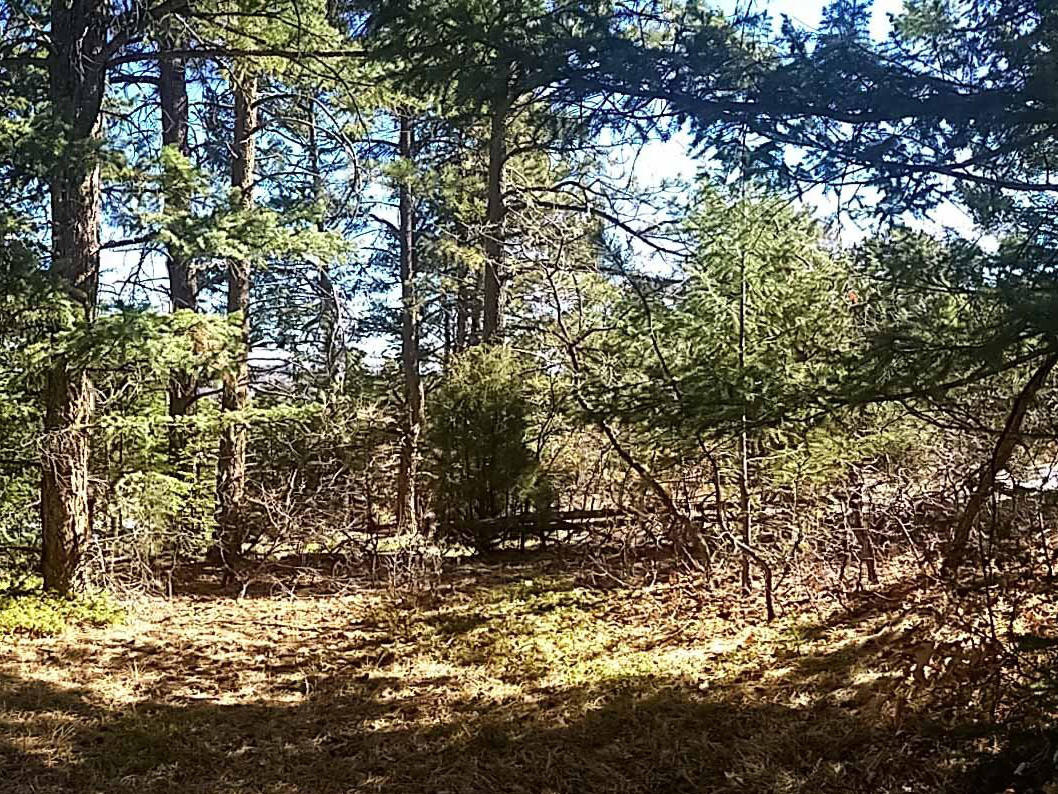
Before Treatment
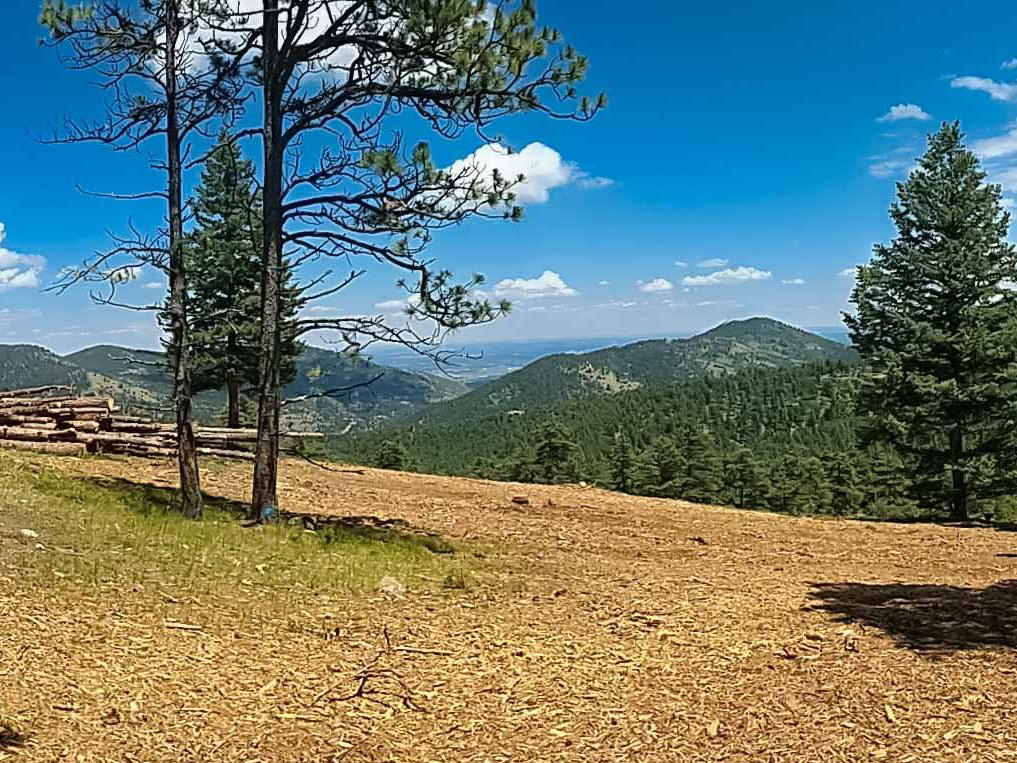
1 Year After Treatment
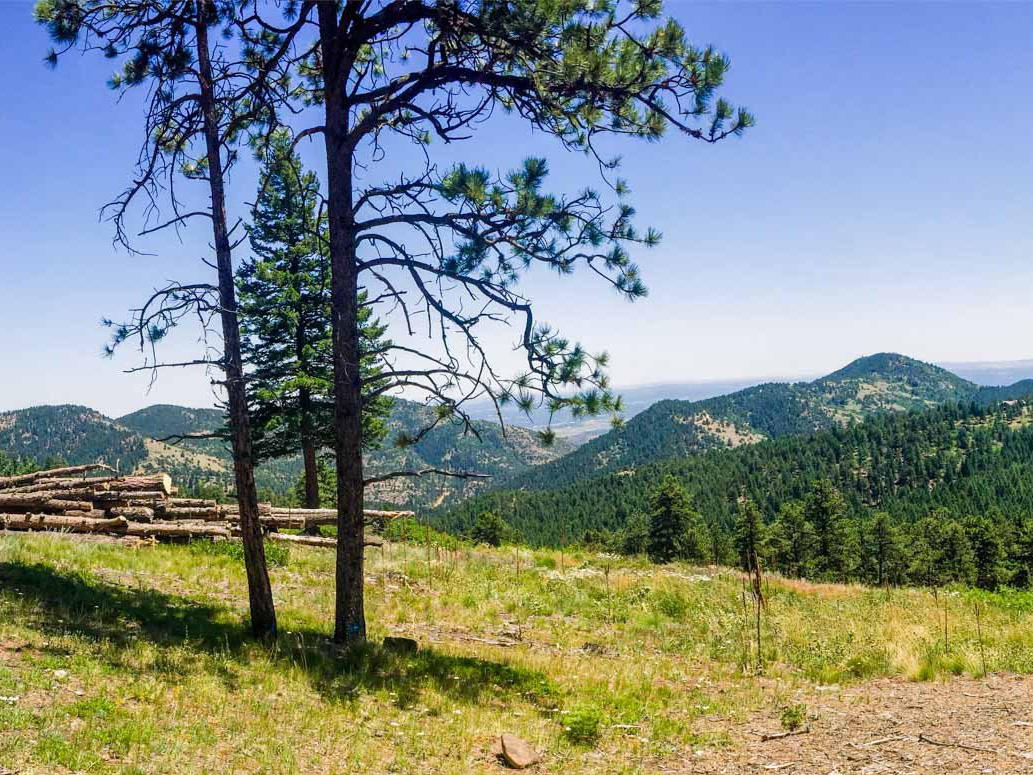
3 Years After Treatment
Pine Country Lane
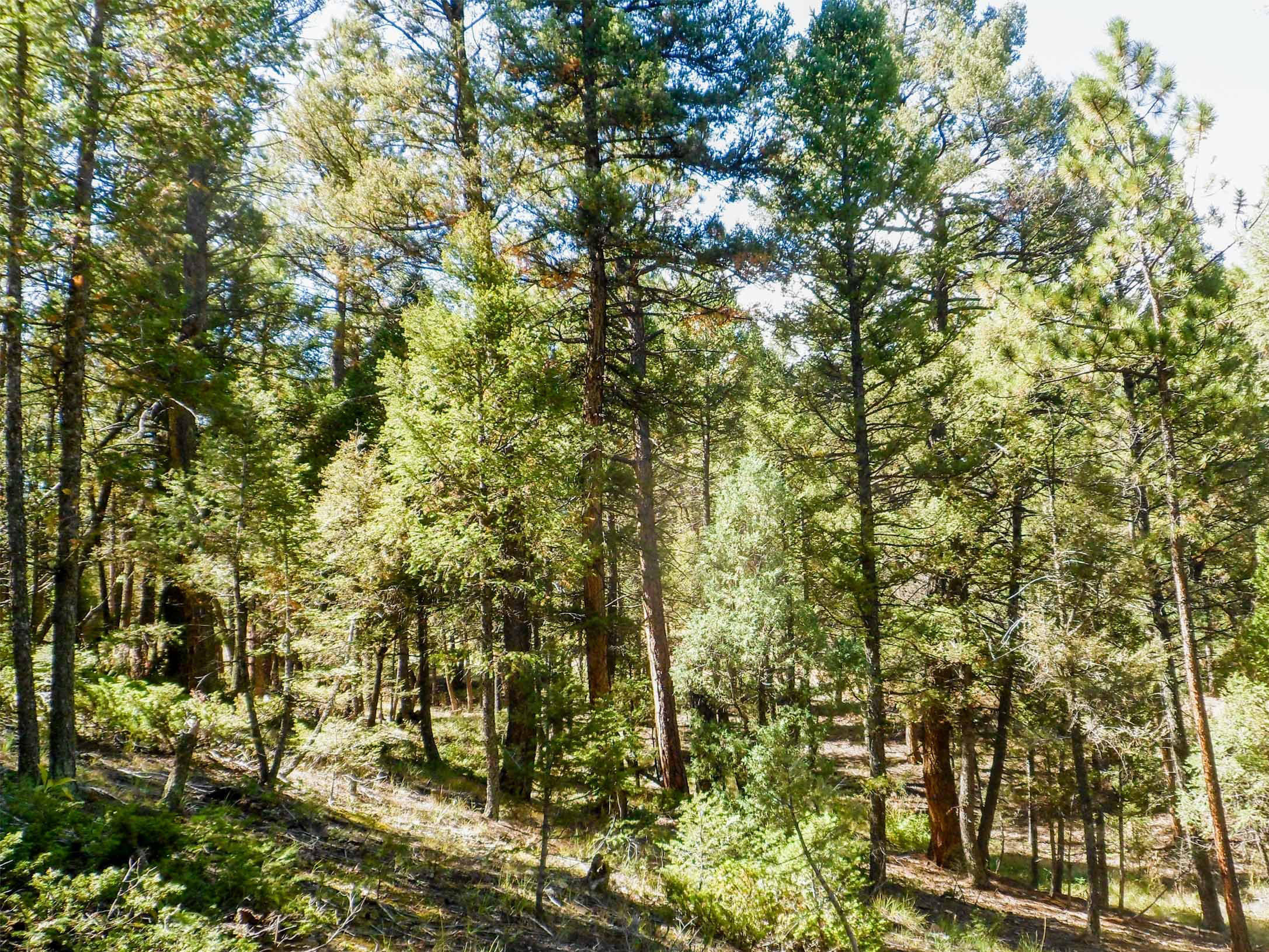
Before Treatment
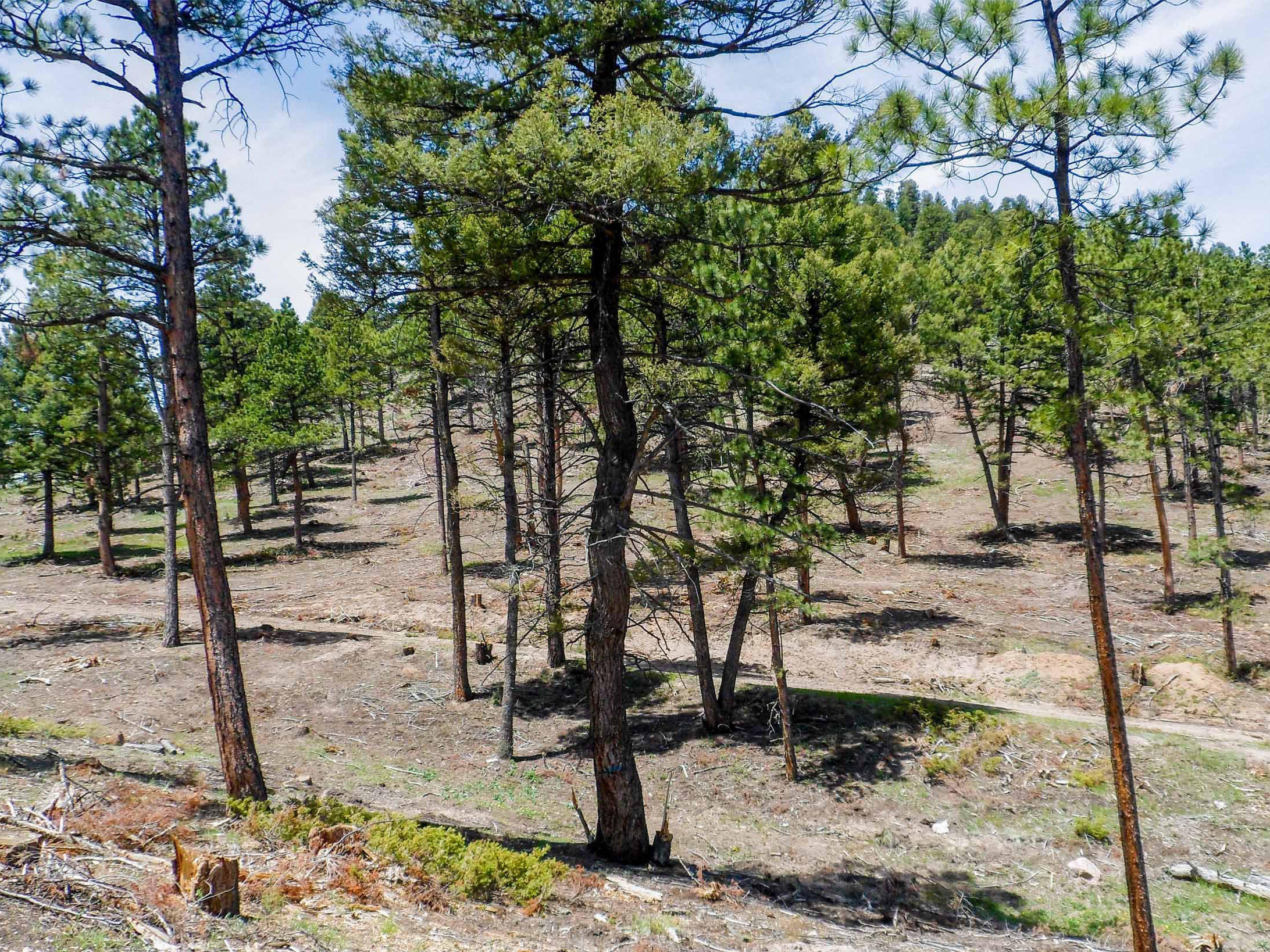
Immediately After Treatment
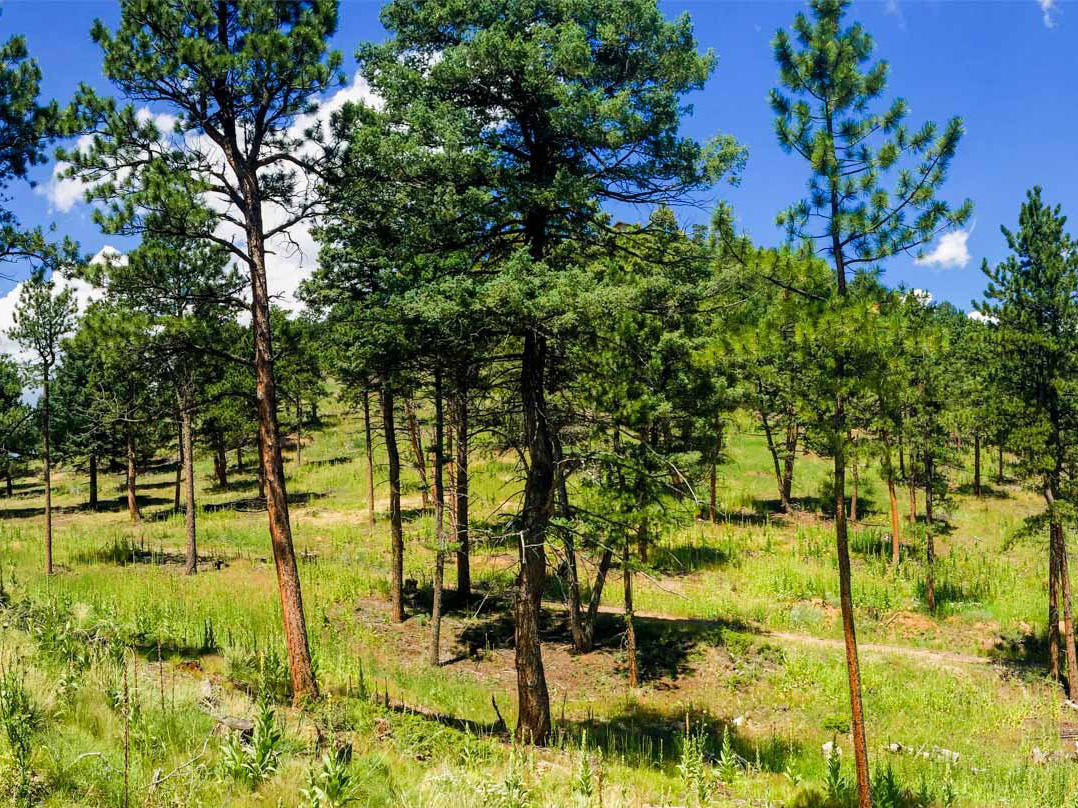
1 Year After Treatment
